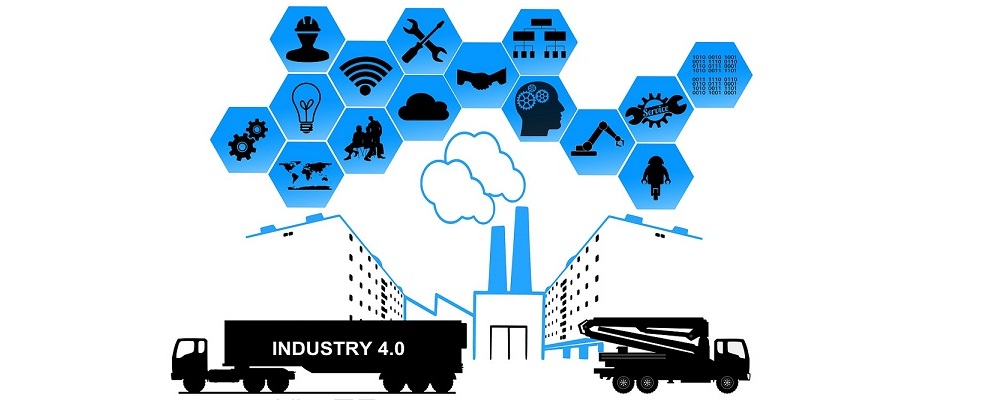U.S. Commercial Drone Delivery Comes Closer
Stephen Cass: Hello and welcome to Fixing the Future, an IEEE Spectrum podcast where we look at concrete solutions to tough problems. I’m your host, Stephen Cass, a senior editor at IEEE Spectrum. And before I start, I just want to tell you that you can get the latest coverage of some of Spectrum’s most important beats, including AI, climate change, and robotics, by signing up for one of our free newsletters. Just go to spectrum.ieee.org/newsletters to subscribe. We’ve been covering the drone delivery company Zipline in Spectrum for several years, and I do encourage listeners to check out our great onsite reporting from Rwanda in 2019 when we visited one of Zipline’s dispatch centers for delivering vital medical supplies into rural areas. But now it’s 2024, and Zipline is expanding into commercial drone delivery in the United States, including into urban areas, and hitting some recent milestones. Here to Continue reading U.S. Commercial Drone Delivery Comes Closer
